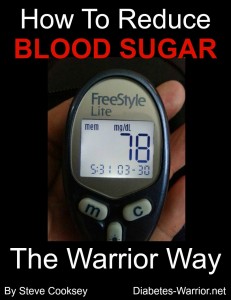Very Slow Roasting is diabetic friendly. I started experimenting with cooking methods ‘just messing around’ and I struck gold!!! :)
- very slow roasting is convenient, simple and easy
- most importantly, very low temps preserve FAT
Fat preservation is the key to very slow roasting. Below is a very lean round roast, after very slow roasting it was cooked to … purrrfection. :)
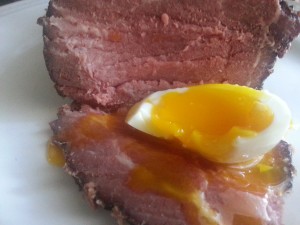
If you haven’t read the original very slow roasting post, it’s a quick read with more pictures. :) Next let’s answer the question, “Why is very slow roasting diabetes friendly”?
Very Slow Roasting is Diabetes Friendly
Generally, the higher the fat content the tastier the meat! Therefore, fat preservation increases the deliciousness.
Also, the higher the fat content of the meat, the less effect a meat will have on blood sugars. So yes, for that reason, very slow roasting is diabetes friendly!
I cooked the pork rib meat below at 180 degrees for 4 hours, notice the juicy meat! :)
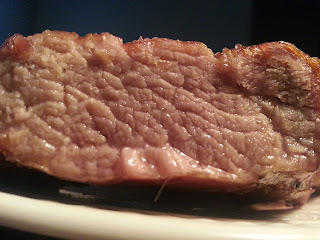
Very Slow Roasting
To summarize: it’s cooking foods VERY SLOWLY 150 – 200 degrees for HOURS. Some people prefer to go a little higher in temperature, there are no rules. Do what works for you!
I also recommend cooking on a grate, placing it directly on the oven grate. By adding another grate and a a drip pan beneath, it promotes better air flow, that’s an important part of the equation I think.
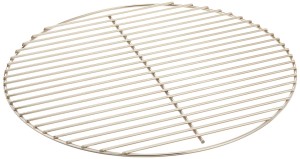
Here is one similar to the one I use. You can buy these on Amazon very inexpensively if you do not have one.
Note: depending on oven temps and how ‘done’ you prefer your meats, your cooking times will vary. Explore and experiment!
Best meats for slow roasting?
Fish – fillets are incredible. Salmon fillets are the only fish I’ve cooked so far. 180 degrees for 4 hours is plenty!
Pork Loin / Chicken Breasts – I LOVE to very slow roast ‘lean meats’.
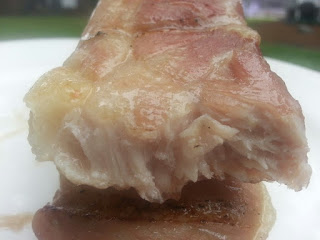
Why cook lean meats using this very slow roasting technique?
Fat retention! What little fat is in the meat … stays there. :)
Pork loin is at a different level of flavor and texture when very slow roasted. MUST TRY! 180 Degrees for 4 hours.
Pork Chops, Steaks – any meats of this width are excellent choices. I love the texture and colors of slow roasted pork chops. I typically cook these at 180 degrees for four hours. 180 – 200 degrees, depending on the thickness.
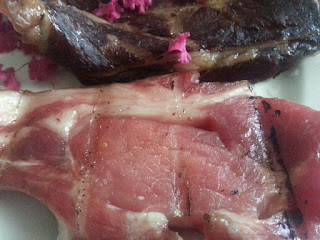
Roasts – Pork and Beef Roasts are excellent choices as well. If the meat is tough, be prepared to slice it thin but the taste should be incredible! :)
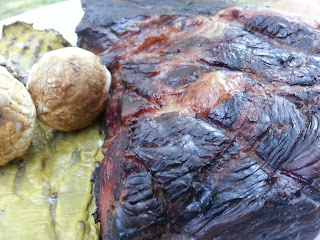
I generally cook the roasts 6-8 hours at 200 degrees.
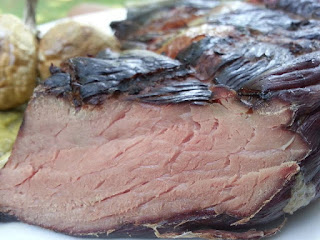
Slow Roasting Tips
Thin cuts: Chicken Fillets, fish fillets, pork chops, thin steaks etc. For me, 150*180 degrees for four hours is plenty of time.
Thicker cuts: Large chuck steaks, chuck roasts, pork shoulders. I usually cook at 200 degrees for four hours, check it and if needed cook another 2-4 hours. Size matters. :)
Examples from Friends
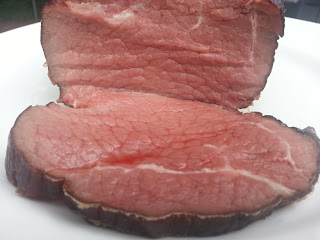
From my friend Dean Wheeler:
Steve Cooksey. Rubbed it with kosher salt and put in on the rack at 8:00am. Pulled it out at 5:00pm. PERFECT! Picture is 2 hours after dinner. BTW my pre dinner bg was 90 and post dinner 83. Bingo!
The picture above was inspired by Dean’s comment. I never would have thought that a round roast would be good Very Slow Roasted, I was wrong. His picture was a little blurry so I used mine. :)
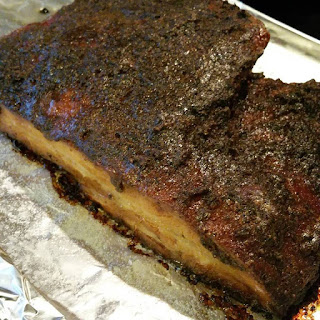
Below is a picture of Karen’s Slow Roasted Pork Butt.
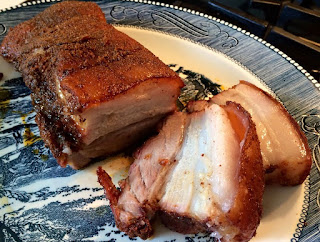
To quote Karen in regards to her Pork Butt …
OMG … Steve’s slow roasting method was so easy — just throw it in oven for 6 hours and forget about it (if you can stand it) … :)
LOL! I love saying ‘pork butt’ and I love seeing the enthusiasm of REAL FOOD eaters. <3
Spices for Very Slow Roasting
My favorites because the use no fillers, are Tabasco Sauce, Louisiana Hot Sauce and Slap Ya Mama spices.
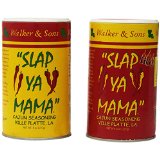
Summary
That’s enough MEAT pictures for one post. :)
Will I ONLY use very slow roasting from now on? … no, of course not.
But I have definitely added ‘very slow roasting’ to my repertoire of cooking methods. .
Fat PRESERVATION, for the win baby!! :)
Explore, play and expand your MIND… as well as your cooking methods and foods.
Lower Your Blood Sugar Naturally
If your blood sugars are elevated and you cannot achieve truly normal blood sugars with diet alone…
READ MY BOOK! How to Reduce Blood Sugars.
